Your cart is currently empty!
Tag: Pest Management
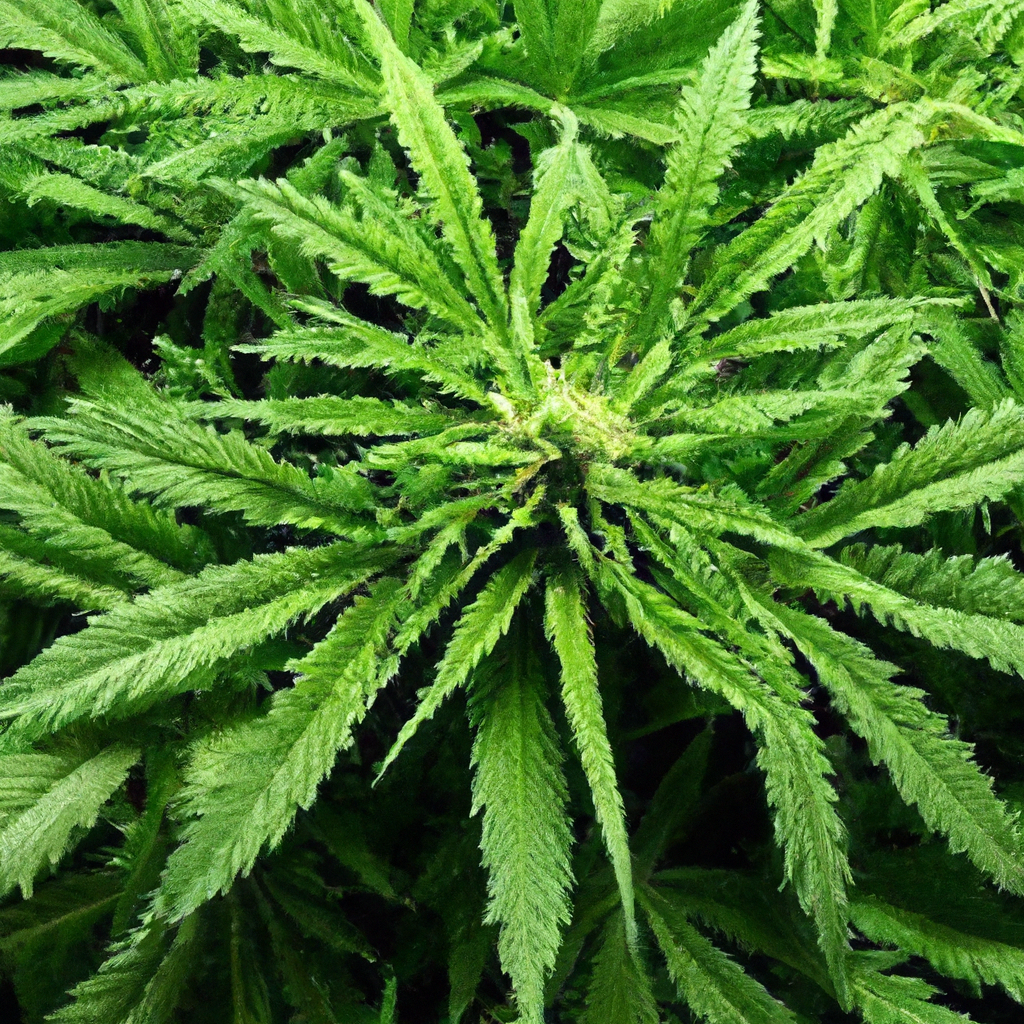
Embarking on organic cannabis cultivation involves embracing a holistic approach with natural fertilizers, vibrant soil ecosystems, and sustainable pest control methods. This not only benefits the environment but also enhances the quality of cannabis, offering consumers a cleaner product. Central to this is creating healthy soil using composting, crop rotation, and beneficial microbes. Choosing fish…
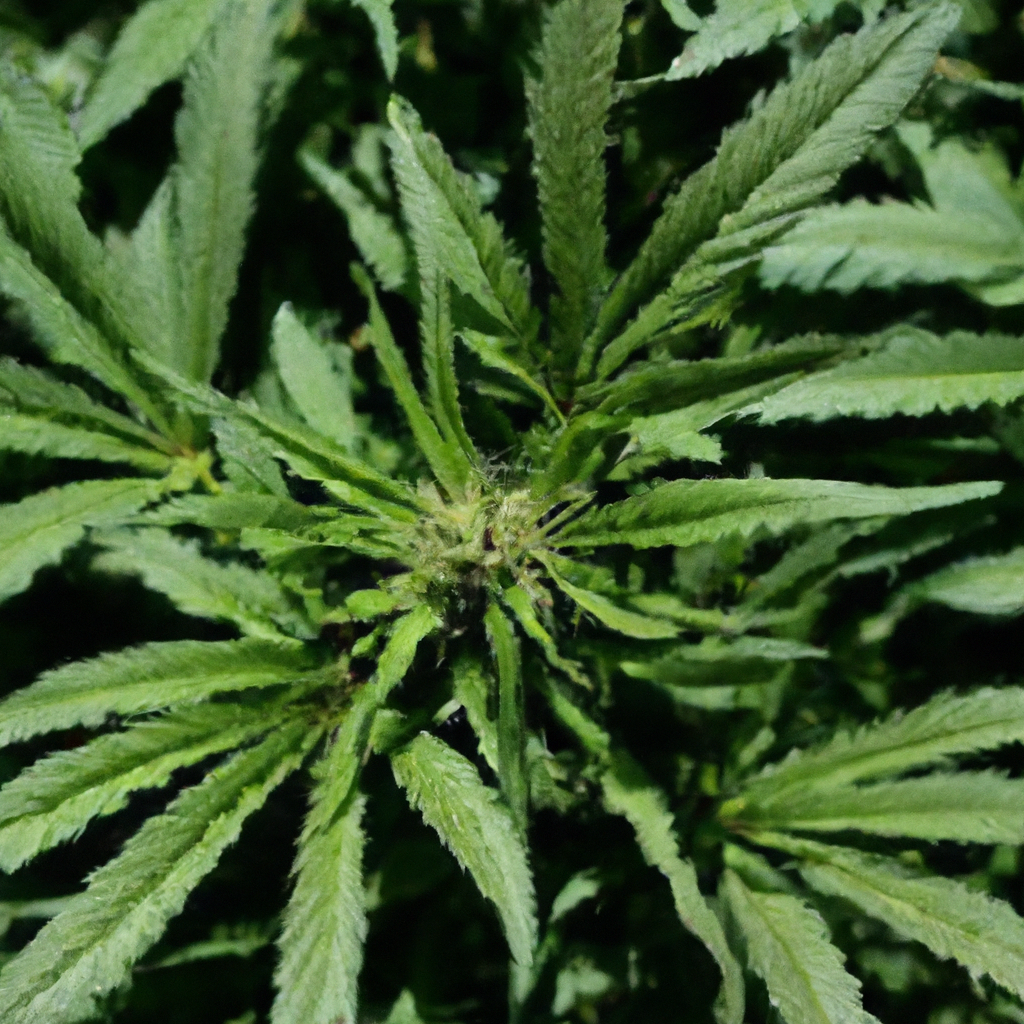
Discover the essentials of organic cannabis cultivation and prioritize sustainability through natural methods. By enhancing soil health with compost, promoting nutrient-rich growth using natural fertilizers like worm castings and kelp meal, and employing eco-friendly pest control such as companion planting, growers can achieve a thriving cannabis ecosystem. Focus on sustainability in operations, too, with water-efficient…
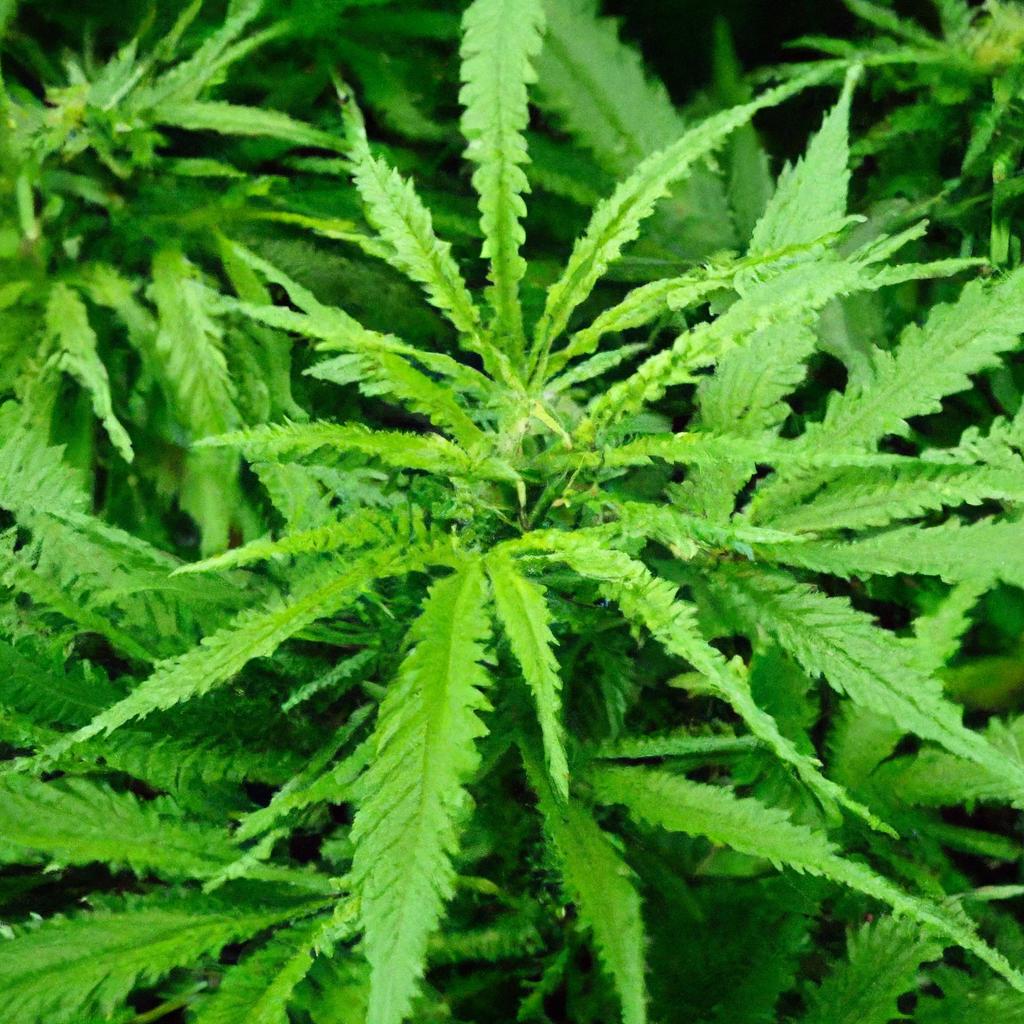
Growing cannabis can be challenging due to pest issues, but sustainable alternatives to traditional pesticides are available. This article highlights eco-friendly pest control techniques, such as using beneficial insects, neem oil, diatomaceous earth, and essential oils. These methods, combined with regular inspections, cleanliness, and crop rotation, can effectively manage pests while promoting a healthy and…
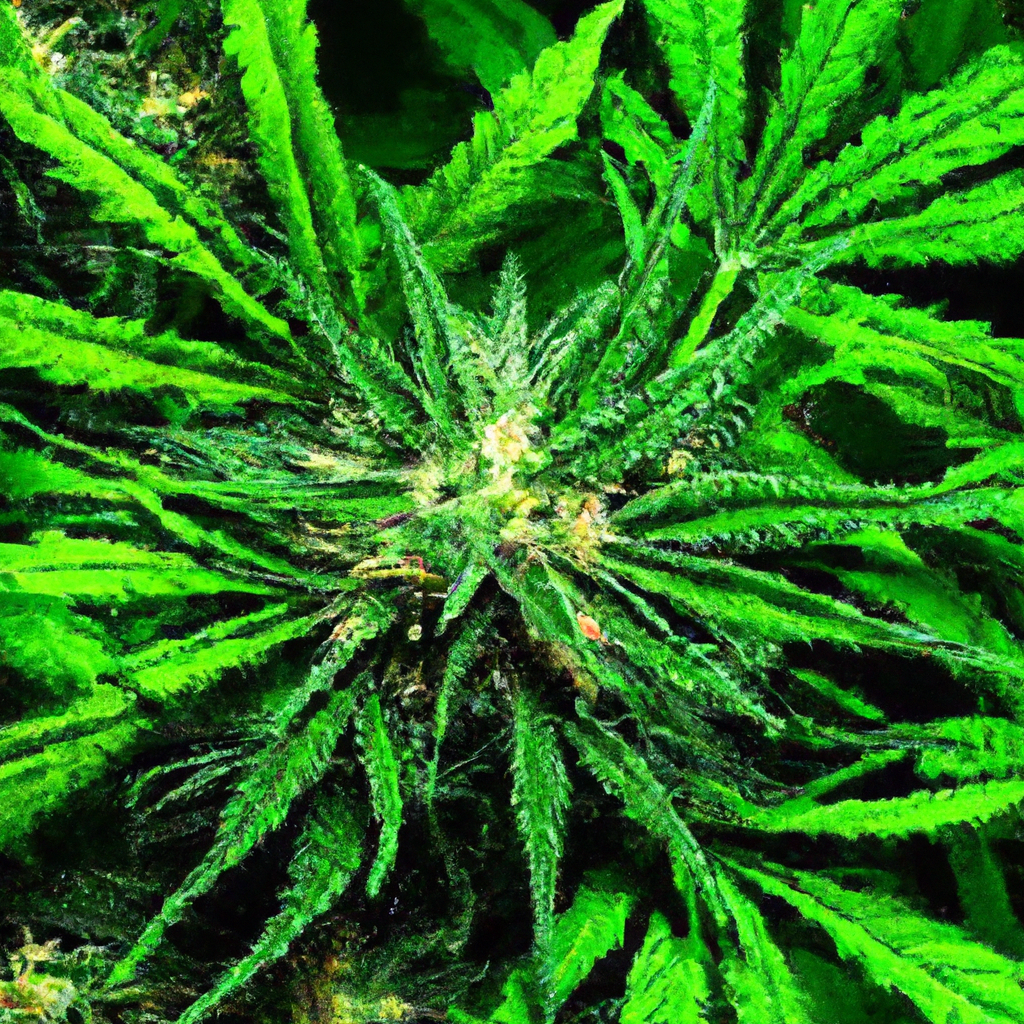
The integration of AI in cannabis cultivation is revolutionizing the industry by providing innovative solutions to optimize yield, improve plant health, and enhance product quality. AI enables precision agriculture through real-time monitoring and adjustments to environmental conditions, and offers advanced pest management by analyzing patterns for early threat detection. It aids in data-driven yield optimization,…

The rise of organic cannabis cultivation is part of a broader shift towards sustainable agriculture, emphasizing eco-friendly practices that enhance yield without harming the environment. This piece delves into the core aspects of organic cannabis farming, focusing on soil health, natural fertilizers, and eco-conscious pest control. By enriching soil with compost, using cover crops, and…

Organic cannabis cultivation offers a sustainable and environmentally friendly approach by avoiding synthetic chemicals and focusing on nature-based methods. This guide highlights key practices, such as using living soil rich in microorganisms, natural pest control with beneficial insects and companion planting, and sustainable practices like efficient water management and energy use. Embracing organic methods leads…
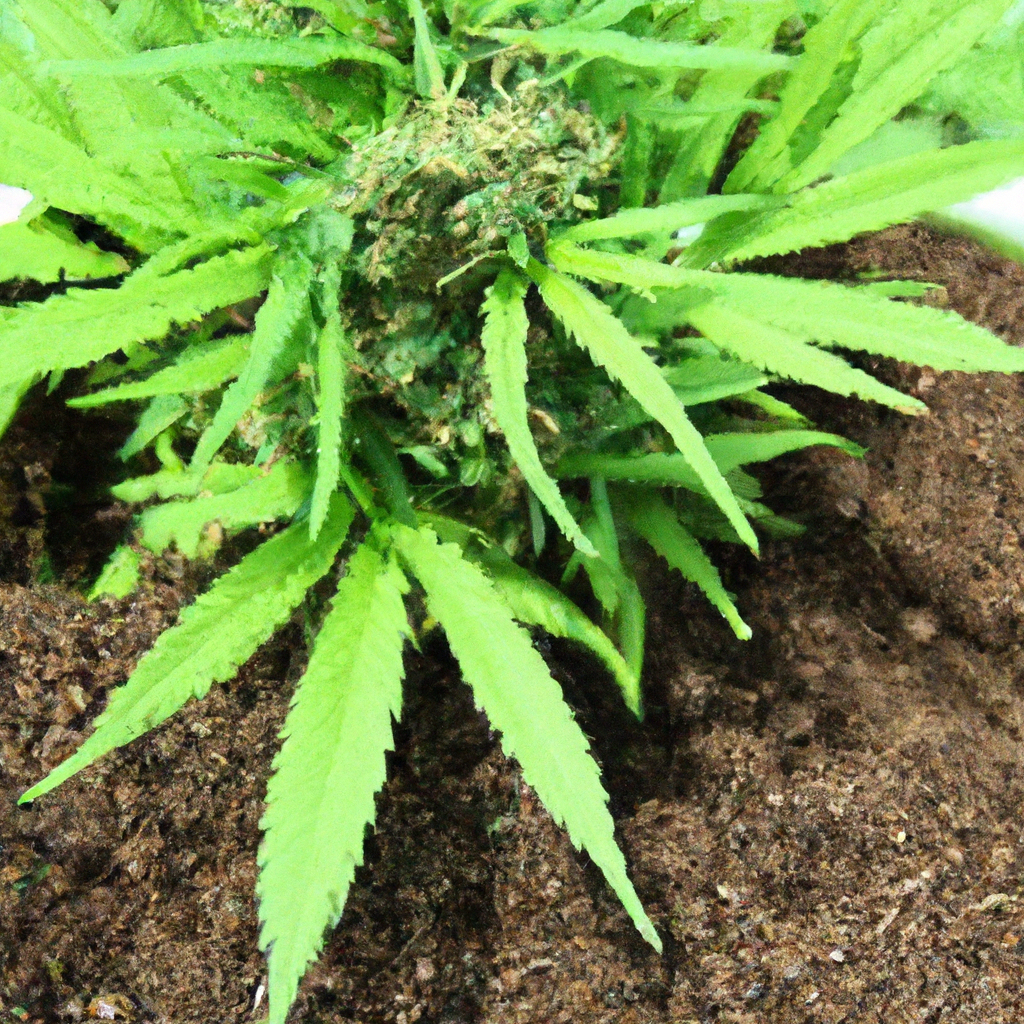
Organic cannabis cultivation merges nature’s wisdom with sustainable practices by utilizing natural fertilizers, compost, and eco-friendly pest control. This approach enriches the environment and enhances cannabis quality without synthetic chemicals. Key practices include building robust soil ecosystems through composting and natural amendments, employing sustainable pest management with beneficial insects and companion planting, and using natural…
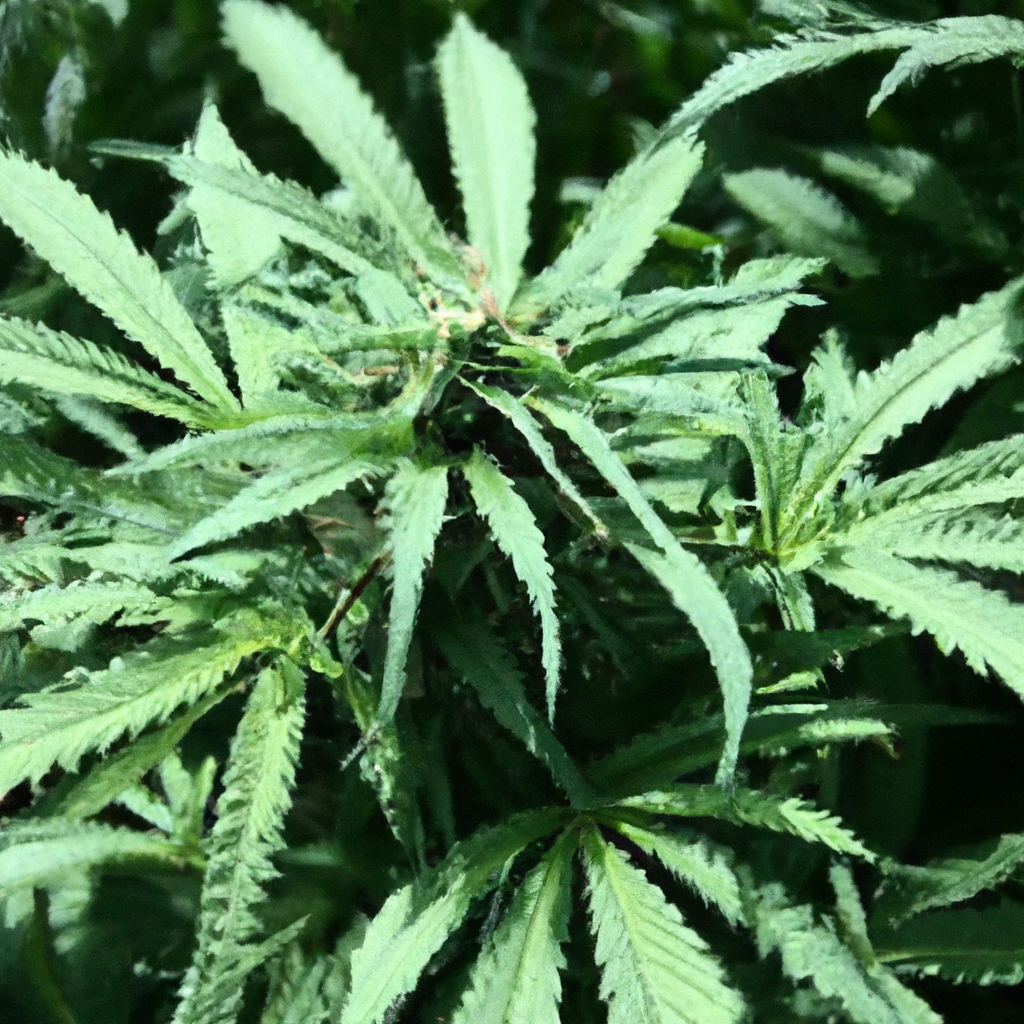
More cannabis cultivators are turning to organic methods, utilizing nature’s resources for healthier plants and eco-friendly growth. Organic cultivation involves sustainable strategies like using natural fertilizers and composting to build healthy soil ecosystems. Integrated pest management (IPM) strategies, such as introducing beneficial insects and using neem oil, offer effective natural pest control. Sustainable practices, including…
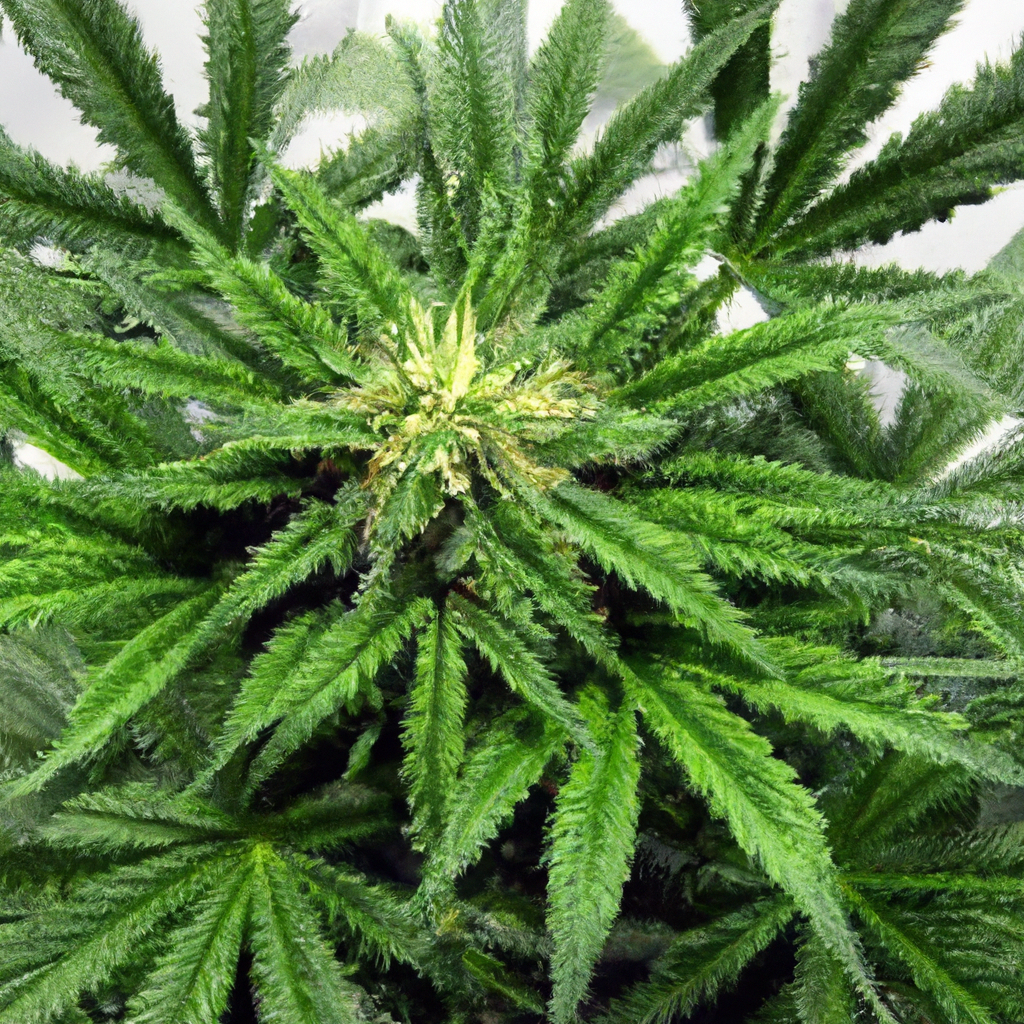
Growing cannabis involves challenges, particularly pest prevention. Understanding common pests such as spider mites, aphids, and whiteflies is crucial. Employ natural prevention techniques like companion planting, introducing beneficial insects, and using diatomaceous earth to reduce chemical use. Maintaining plant health through proper nutrient management, regular monitoring, and keeping a clean environment enhances resistance to infestations.…
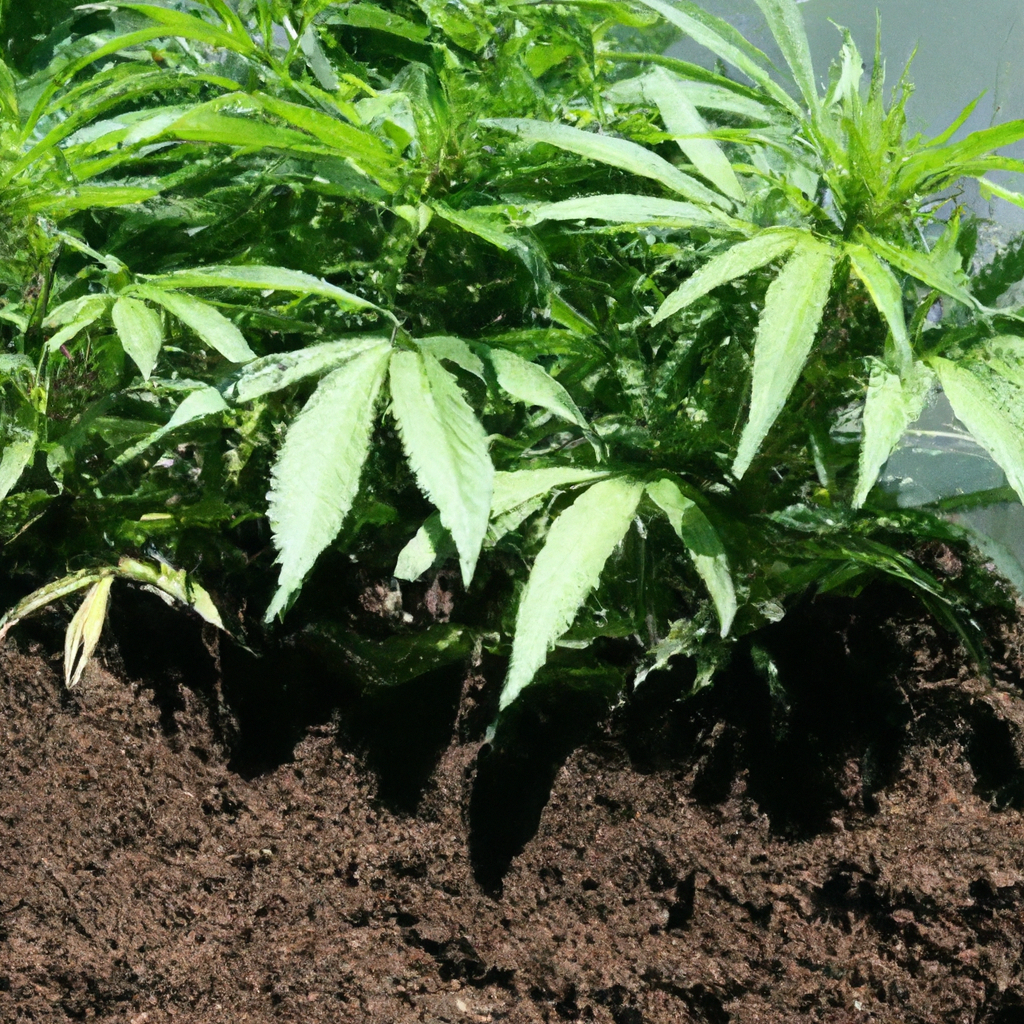
Organic cannabis cultivation embraces sustainability and health, focusing on natural fertilizers, compost, and eco-friendly pest control to nurture thriving soil ecosystems. Key practices include using compost and organic matter, mulching, and employing cover crops for enhanced soil structure and fertility. Natural fertilizers like vermicompost, bone meal, and guano provide essential nutrients without disrupting ecological balance.…
